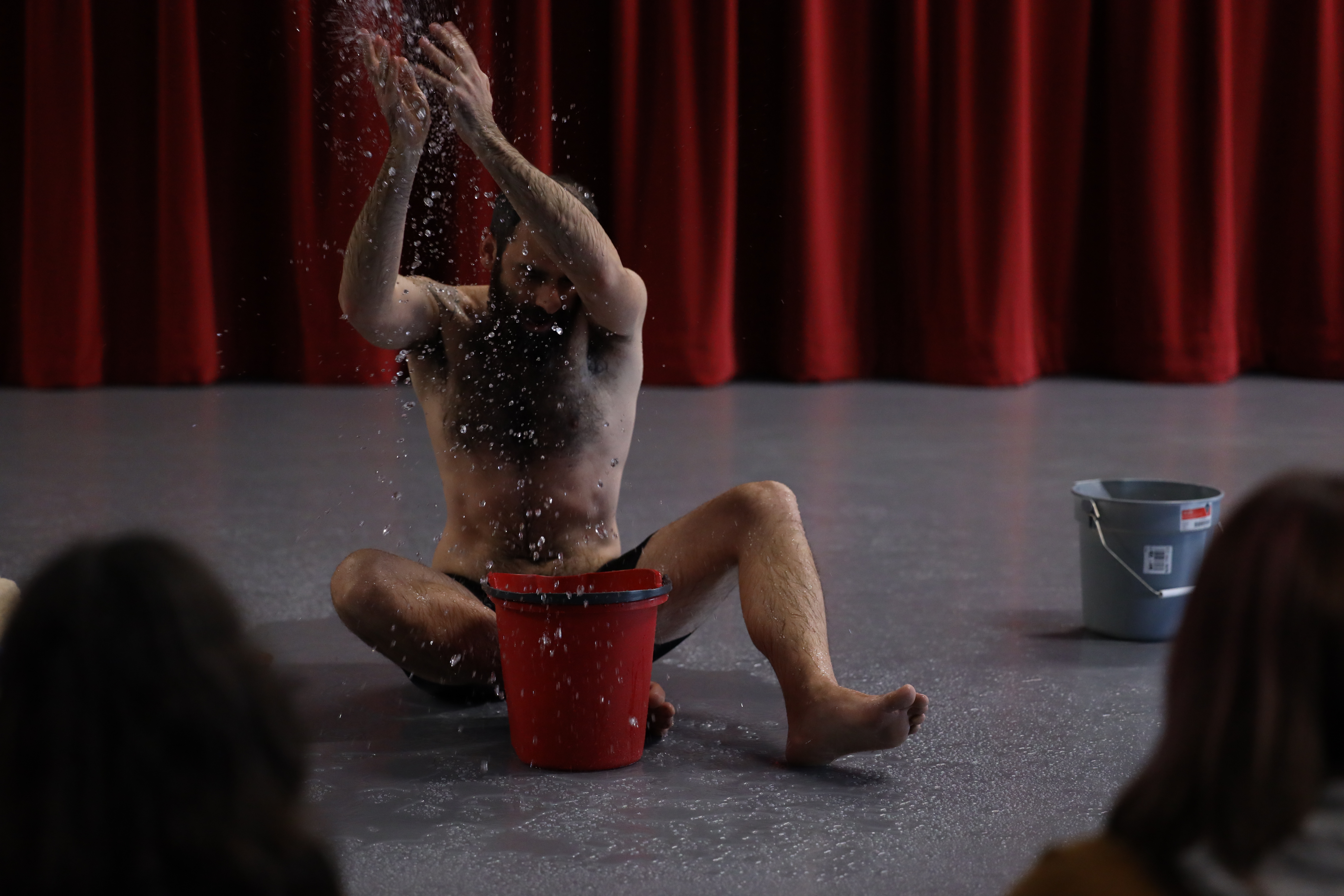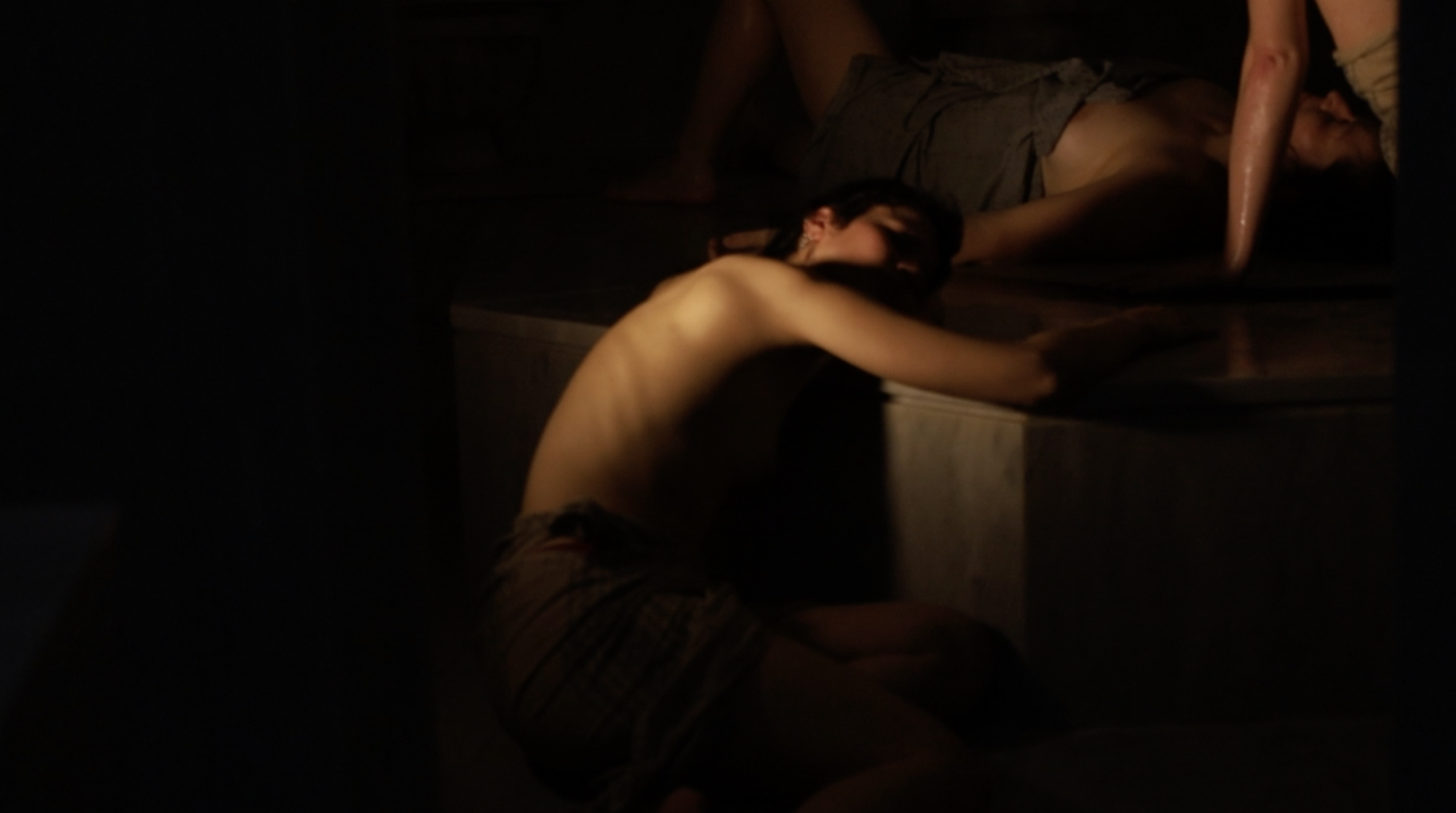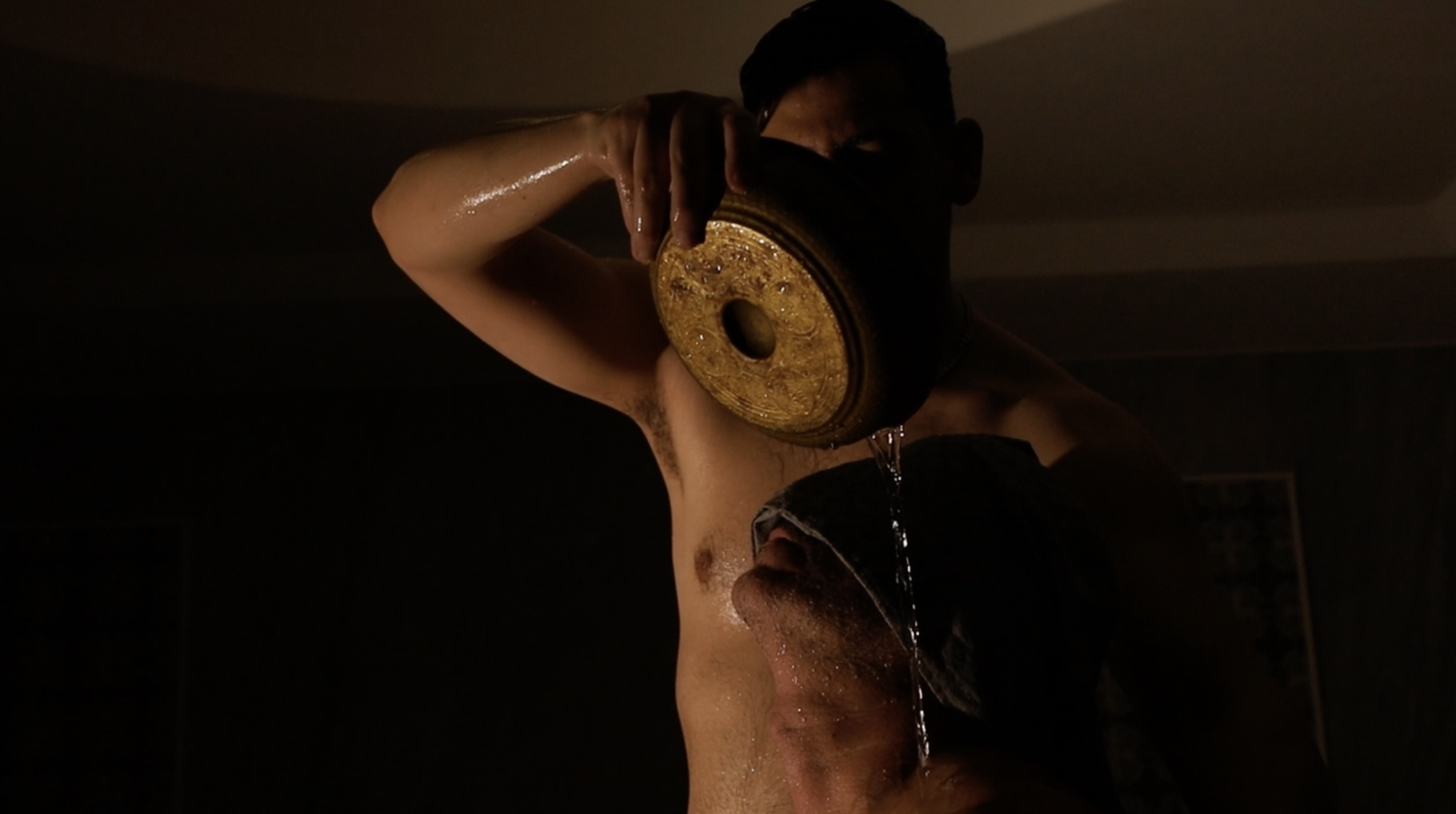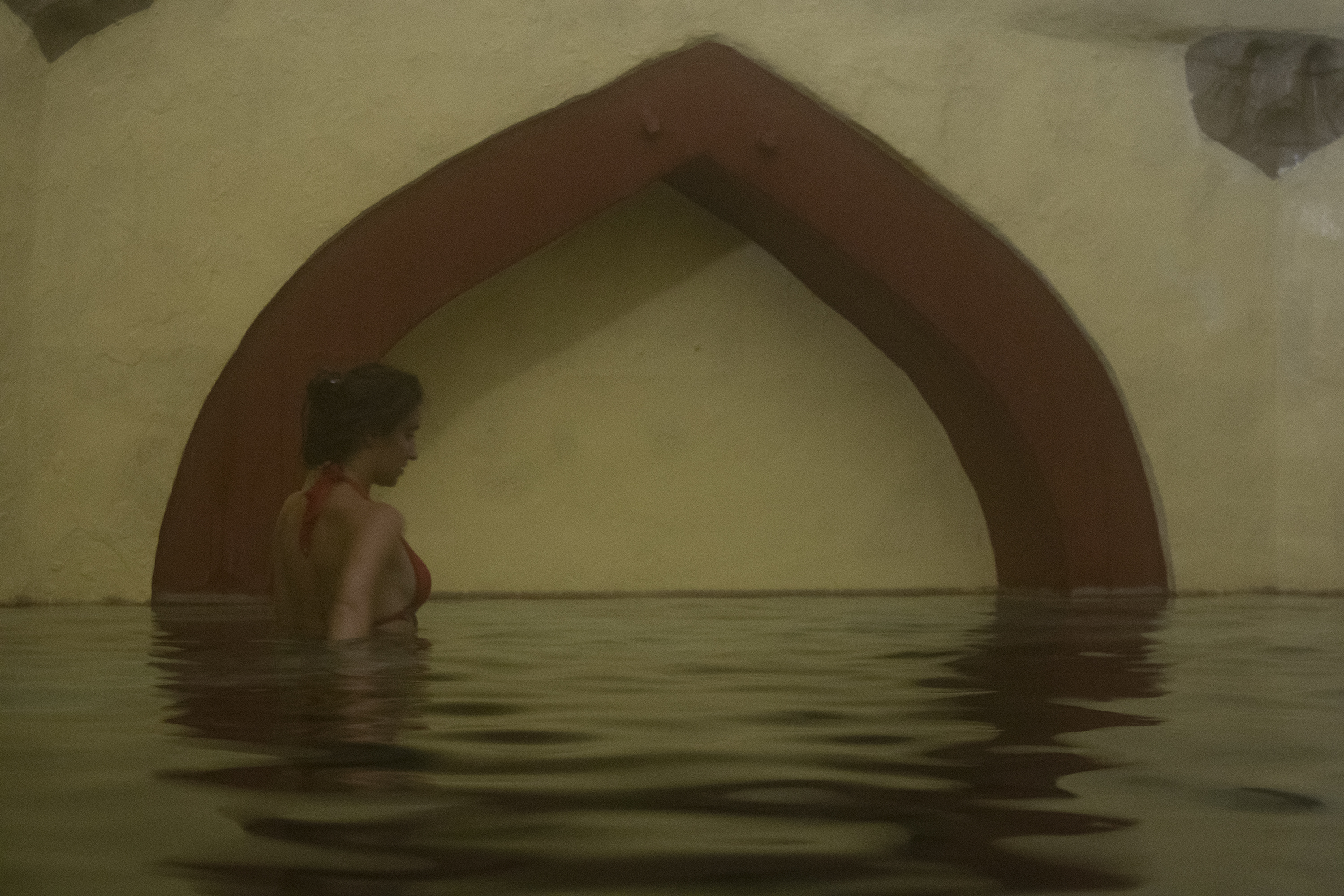
Meryl Zaytoun Murman, Sebastian Tsifis
she/her, he/him
Movement artists
Country: Greece – Lebanon
Discipline: Danse – Digital art – Community art
Type of public space: Urban – Periphery – Rural
PLATFORM 2025 - 2028 Open call #1
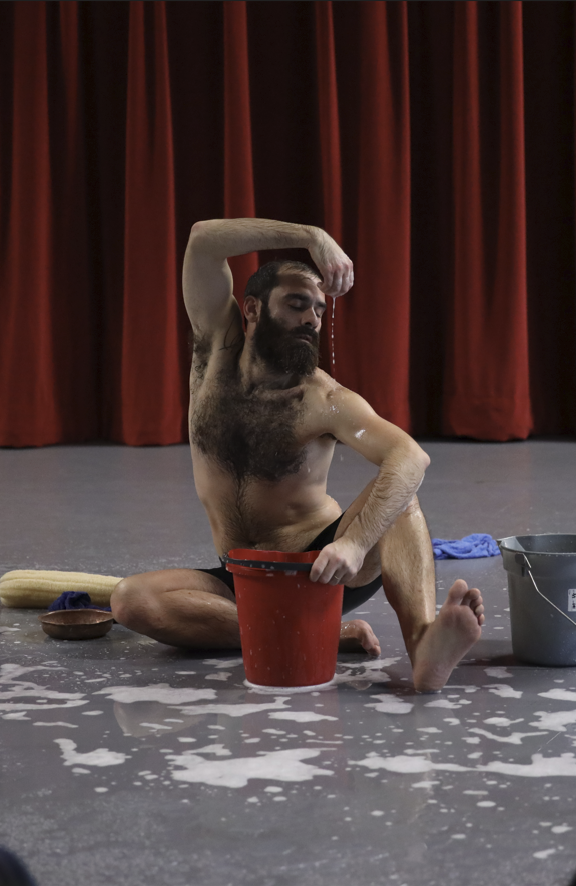
Biography
Meryl Zaytoun Murman creates movement and moving pictures that explore and disrupt popular notions of spectacle, the body, virtuosity and gender. Her work has been supported by McKnight International Choreography, Maggie Allesee National Center for Choreography, National Performance Network Creation Fund, Arab American National Museum, Forecast Public Art, IZOLYATSIA Platform for Cultural Initiative, Contemporary Art Center NoLA, US Embassy Kyiv, and US Embassy Athens. She has been a guest artist at ImpulsTanz Austria, Royal Conservatoire of Scotland Glasgow, Companhia Instavel Porto, Zelyonka Dance Fest Kyiv, and various universities. Her contributions to Arab American and Lebanese dance research are featured in the Khayrallah Center’s exhibition, Turath.
Sebastian Tsifis is a performance artist, filmmaker and linguist. He was part of the International Laboratory of Performing Arts AlmaKalma for 14 years touring in France, Greece, Italy and Germany. He is the editor of Performance Art: Unconscious Body and Performative Action by Yiannis Mitrou, the first theoretical text about contemporary performance in Greece. He dances and performs for various independent artists for stage, gallery and cinema.
Artistic project
Bathing Studies is a performance exploring communal bathing. It is also a project proposing ways to study ourselves through how we bathe, guiding communities to attune to daily actions to reveal deeply held emotions and guarded beliefs. The performance choreographs the sound of water, questioning the presence and loss of flesh and intimacy in public space. The performers are either Greek or Middle Eastern. Diverse in age, body, gender identity.
Accompanying the performance are three community/digital offerings addressing gender, sexuality, migration and water:
> Becoming-Fluid, a community bath ritual inviting women/femmes into collaborations with water to create rituals of collective care, reflecting on the relationship between bodies, the erotic and nature.
> What have these walls heard? an audio-video artwork created with Greek and migrant communities to counter narratives of division and actions of erasure through bathing.
> Bathtime, accessed through a phone call from the privacy of a bathroom, invites participants into ritual actions re-imagining relationships to water.
Bathing Studies sources from years of community processes in hammams in Greece with women, femme-identifying and refugees from the Middle East exploring bath rituals; from archaic gender-fluid erotic gatherings held for ecological repair, to contemporary gender-segregated body-shaming beliefs that persist across cultures.
Format: The performance is a triptych performed in intimate proximity to the audience (who will get wet). It is scalable and can be presented in its smallest format as a solo in a location with a singular space, or in its largest format as a triptych that moves audiences through three spaces within a bath/water sensitive location.
Size of audience: If performed in a bathhouse or hammam, the size of the audience depends on the rules and limits of the venue (approx 10-35). If performed in a water or bath sensitive site (approx 10-60).
Specific location: A hammam, bathhouse, or a bath/water sensitive space (for example, a space where there is water and that used to be a place of public gathering and/or public bathing).
Timing / duration: The choreography is based on a durational improvisational score that can expand or contract in length to suit the needs of the venue since most baths have limits for how long it is safe for people to be inside them (approx 20-60 mins). A ballpark runtime for a performance that includes the full triptych with audience transitions between spaces is 70-90 mins.
